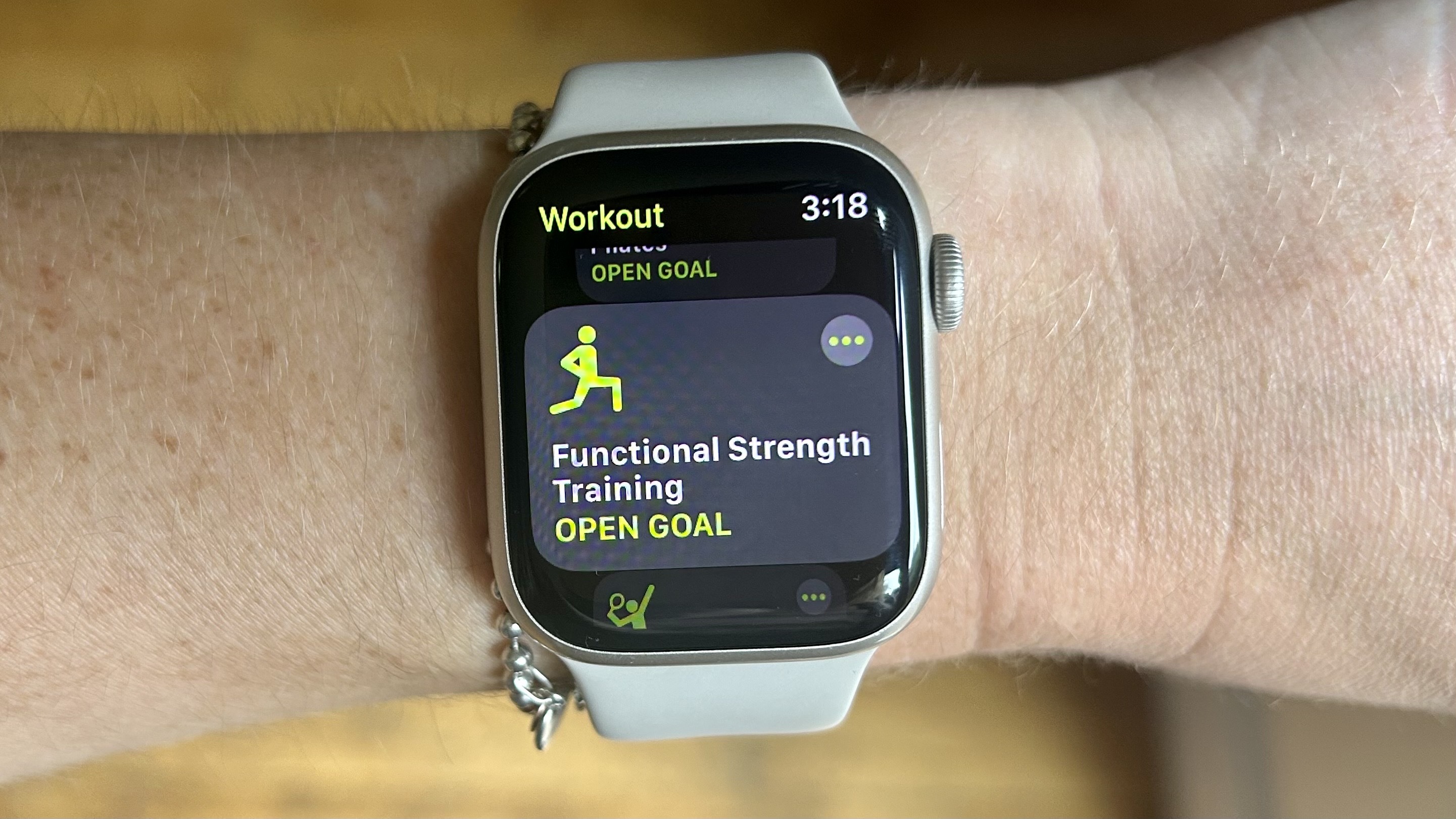I tried this 20-minute HIIT workout to burn 500 calories — here's what happened
Here's my results

YouTube is one of my favorite resources for fitness content — there are tons of well-programed, high-quality, and totally free workouts for everyone from beginners to seasoned athletes. In fact, I’ll often steer my personal training clients to the site when they’re looking for exercise options outside of our scheduled sessions.
Wanting to explore some new cardio routines for myself, I stumbled upon YouTuber Nobadaddiction’s popular 20-minute HIIT workout which claims to “burn 500 calories,” according to its title. That’s quite an impressive calorie count for a short time frame, even considering the maximal effort required by high intensity interval training. Is it possible that 20 minutes of sweaty, pulse pounding exercises like burpees and plank jacks could yield such a burn?
Relatively doubtful of its assertion, I decided to put this workout to the test. I laced up my sneakers, strapped on my Apple Watch to track my calories, and pressed play.
How do fitness wearables track calories? Are they accurate?
Fitness trackers like the Apple Watch can be very useful tools in the pursuit of a healthy lifestyle. In addition to logging the total number of steps you take each day, they can also track your heart rate, monitor your blood oxygen levels, and estimate important measurements like VO2 max (or the maximum amount of oxygen your body uses during exercise) and your energy expenditure (or the amount of calories you burn).
The key word in that last sentence though is “estimate.” Fitness wearables will use factors like your age, weight, gender, and height to determine your basal metabolic rate, or BMR — the number of calories you burn at rest. Then, based on the data it collects from your movements and heart rate, it will estimate how many calories you burn during any given activity.
However, it’s hard to know what your exact energy expenditure is without a lot of high-tech equipment found only in labs or medical facilities. No two bodies are built the same, and your specific body composition can make a pretty significant difference in the amount of energy you use to move.
So all the stats that you see on your Apple Watch or Garmin Forerunner are really just educated guesses. That’s not to say that it can’t be helpful information, but you shouldn’t treat that data as gospel. In general, I find that fitness trackers tend to be overly generous in the calorie burn they estimate, so that’s something to keep in mind.
Sign up to get the BEST of Tom's Guide direct to your inbox.
Get instant access to breaking news, the hottest reviews, great deals and helpful tips.
I did this 500-calorie workout — here’s how many I actually burned
I’ll start off by saying that, for the most part, I really enjoyed this workout. As the name suggests, HIIT is an intense workout but it’s short in duration, so the 20 minutes went by quickly. The structure stayed the same throughout — 30 seconds of exercise with 15 seconds of rest — and that made it easy to get into a groove. None of the exercises were repeated, which was also a plus (knowing you only have to do one set of burpees is practically a gift). And personally, I liked that the instructors didn’t try to add in any cheerful, faux-motivating banter and instead just performed the movements with some energetic background music.
After the 20 minutes were up, I checked my watch to see the results. I burned 196 active calories and 234 total calories — a far cry from the 500 promised.
As I mentioned, it would be pretty difficult for most of us to burn that many calories in just 20 minutes. I’m assuming that Nobadaddiction is figuring excess post-exercise oxygen consumption, or EPOC, into the 500 calorie total. Your metabolism doesn’t automatically return to normal after a strenuous workout, and your body will require more oxygen to restore itself to its pre-exercise state. This process can burn more calories as you work to recover, in what many refer to as “the afterburn effect.”

Even when considering EPOC though, a 500-calorie burn is still a lofty boast. According to this study, EPOC generally comprises around 6-15% of the total calories you expend while exercising. HIIT workouts have been shown to generate the higher end of that percentage range, but even 15% of my 234 burned calories is only 35 extra calories. Could a man with more muscle mass than I have got to the elusive 500 mark? It’s possible, but not for the majority of those who’d be doing this workout. So using the eye-catching “burn 500 calories” in the video’s title is misleading and, in my opinion, unnecessary.
My other critique of this workout has to do with its accessibility. High-intensity interval training is usually only recommended for those with a solid fitness routine already in place, but with two instructors performing the movements, it would be easy to have one of them demonstrate modifications for those with injuries and other considerations. I also took issue with form on a few of the plyometric exercises — both instructors landed with locked-out knees for the squat jump, and that hurt just to watch.
Overall though, I thought this was a quality workout even if it didn’t burn 500 calories. And that being said, not all exercise should be based on how many calories you could potentially burn. Other aspects are more important to consider, like the intensity of the exercise, your rate of perceived exertion, the duration, your personal fitness goals, and your preferences.
If you’re looking to lose weight, focus instead on a caloric deficit (consuming fewer calories than your body uses). If you want to increase your caloric expenditure every day, consider adding resistance training into your fitness routine — the more muscle mass you have, the more calories your body will use both at rest and during activity.
More from Tom's Guide
Jennifer Rizzuto is a freelance writer and certified personal trainer based in Long Island, NY. She covers various fitness-related topics and reviews for Tom's Guide. She also writes sketch comedy and short films, and performs frequently as an actor, singer, and improviser. When she's not writing, working out, or performing, you'll find her trying to convince her husband to get a dog.

